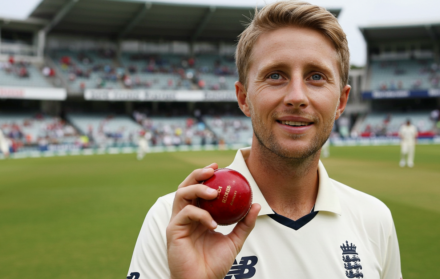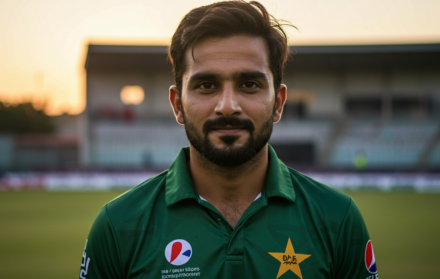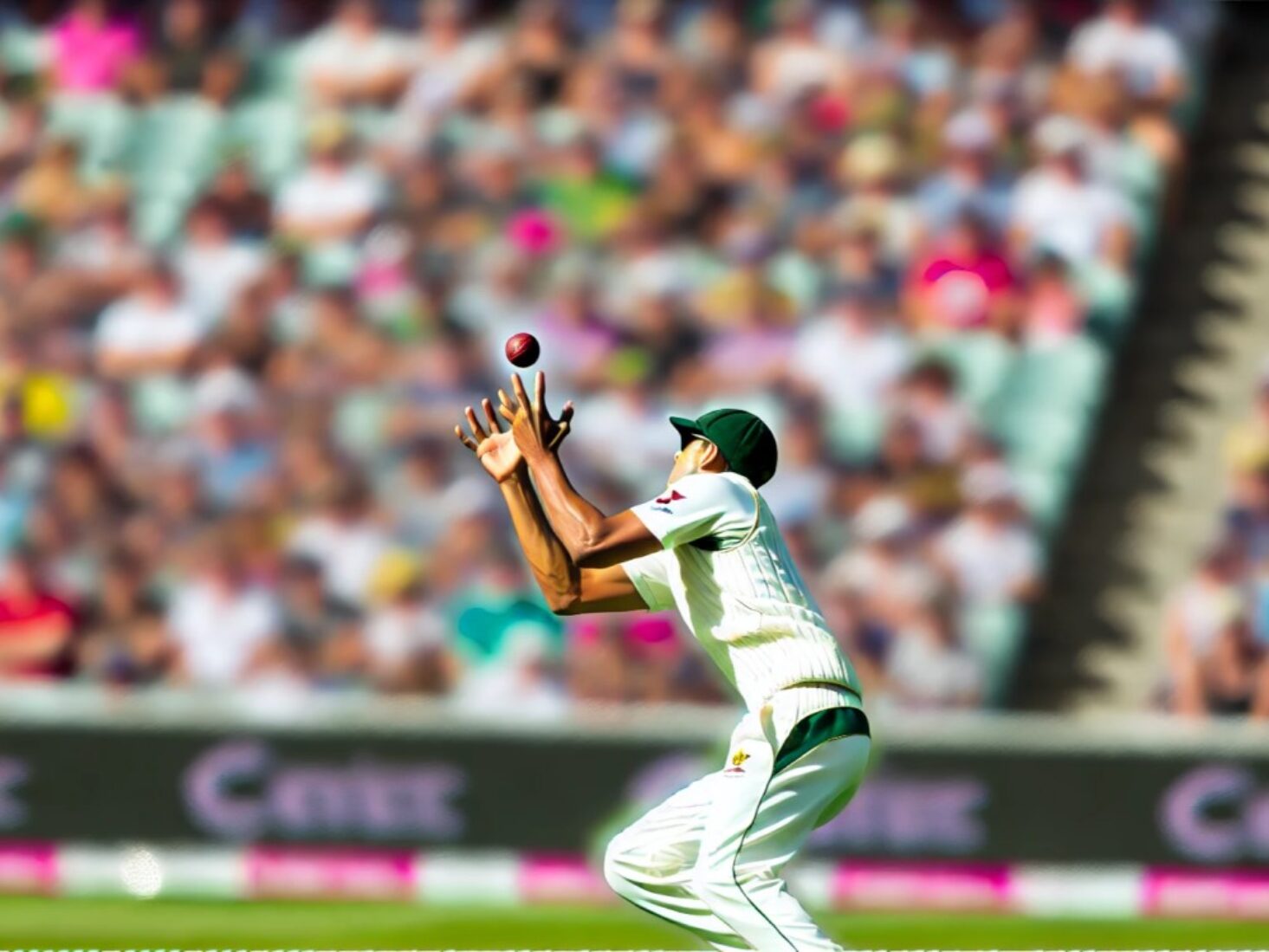
Developing Hand-Eye Coordination Through Cricket
Developing hand-eye coordination through cricket is essential for any player looking to enhance their performance and enjoy the game fully. Hand-eye coordination is a fundamental skill in cricket, influencing everything from batting and bowling to fielding and wicketkeeping. It’s the ability to process visual information and execute physical movements accurately, making it crucial for players of all ages and skill levels.
For young players, building a strong foundation in hand-eye coordination is key to their overall development in the sport. Engaging in specific cricket skills and drills for young players can significantly enhance their coordination. These drills are designed to be both fun and challenging, helping children improve their timing, accuracy, and reaction times. Activities like catching practice, hitting stationary and moving targets, and simple ball-handling exercises can lay the groundwork for more advanced skills as they progress.
As players advance, their hand-eye coordination needs to evolve with them. Understanding cricket skills progression for different age groups is vital for coaches and parents. Skills progression involves gradually increasing the complexity and intensity of drills to match the player’s growing abilities. For instance, younger players might start with basic catching and batting exercises, while older, more experienced players can engage in high-speed drills and intricate fielding scenarios. This progression helps ensure that players are continuously challenged and developing their coordination skills in line with their physical and mental growth.
Improving hand-eye coordination is not just about repetitive practice; it also involves strategic training tailored to specific roles within the game. For batsmen, tips for improving your cricket game include focusing on techniques that enhance timing and precision. Practicing with different types of deliveries, such as fast balls and spin, helps batsmen learn to anticipate the ball’s trajectory and react accordingly. These drills can significantly improve their ability to make accurate and powerful shots.
Spin bowlers also rely heavily on hand-eye coordination. Tips for aspiring spin bowlers in cricket emphasize the importance of wrist and finger movements in controlling the ball’s spin and direction. Spin bowlers must develop the ability to gauge the pitch and adjust their delivery in real-time, making hand-eye coordination a critical component of their training.
Wicketkeepers, perhaps more than any other players, depend on exceptional hand-eye coordination. Tips and drills for cricket wicketkeeping often focus on improving reflexes and reaction times. Wicketkeepers must catch fast-moving balls, often off unpredictable bounces, and need to develop a keen sense of timing and positioning. Drills that enhance these reflexes, such as catching balls from varying heights and angles, are essential for their success.
Fielding, too, demands excellent hand-eye coordination. Players need to be able to field balls cleanly, throw accurately, and make quick decisions. Cricket fielding skills drills can include activities like catching practice, ground fielding drills, and throwing accuracy exercises. These drills help players improve their ability to judge the speed and direction of the ball and respond effectively.
For cricket captains, understanding field placement strategies is essential. While it might not directly seem like a hand-eye coordination skill, effective field placement requires a captain to anticipate where the ball is likely to go and position players accordingly. This strategic aspect of the game relies on a keen eye and an intuitive understanding of the game’s dynamics.
Overall, developing hand-eye coordination through cricket is a comprehensive process that involves targeted drills, progressive training, and strategic practice. By focusing on these elements, players can enhance their performance, making the game more enjoyable and competitive. Whether you are a young player starting out, an experienced athlete refining your skills, or a coach guiding a team, understanding and improving hand-eye coordination is crucial to success in cricket.
The Importance of Hand-Eye Coordination in Cricket
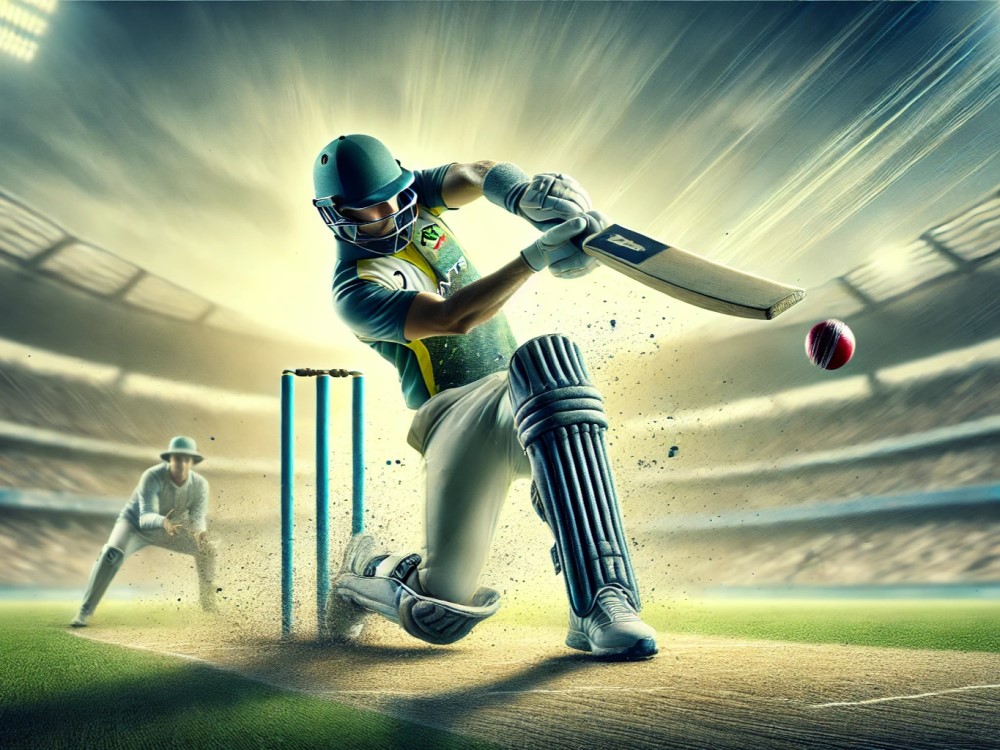
In cricket, hand-eye coordination is essential for every aspect of the game. For batsmen, it is crucial for judging the speed, direction, and movement of the ball to make accurate shots. Good hand-eye coordination allows batsmen to time their swings perfectly, making it easier to hit the ball with precision and power. This skill is particularly important when facing fast bowlers, where split-second decisions can make the difference between a boundary and a wicket.
For bowlers, hand-eye coordination helps in controlling the release of the ball and achieving the desired line and length. Accurate bowling requires the ability to aim precisely and adjust the delivery based on the batsman’s stance and movements. Bowlers with excellent hand-eye coordination can consistently hit their targets and execute complex deliveries such as swing, seam, and spin.
Fielding also relies heavily on hand-eye coordination. Fielders need to catch fast-moving balls, throw accurately to the stumps, and react quickly to changes in play. Good hand-eye coordination enables fielders to anticipate the ball’s trajectory and position themselves effectively to make catches or stop runs. This skill is vital for performing under pressure, particularly in tight situations where a single catch or run-out can change the outcome of the game.
Beyond the technical aspects of the game, hand-eye coordination in cricket contributes to overall athleticism. It enhances reflexes, improves spatial awareness, and boosts reaction times. These abilities are not only beneficial in cricket but also in other sports and physical activities. Developing hand-eye coordination through cricket can lead to improved performance across a range of disciplines, making it a valuable skill for athletes of all ages.
Techniques to Enhance Hand-Eye Coordination
Improving hand-eye coordination requires dedicated practice and the use of specific techniques. In cricket, various drills and exercises can help players enhance this skill. One effective technique is the use of reaction balls. These small, irregularly shaped balls bounce unpredictably, forcing players to react quickly and adjust their movements to catch or intercept the ball. Reaction ball drills improve reflexes and hand-eye coordination by simulating the unpredictable nature of a cricket match.
Another useful technique is the drop and catch drill. In this exercise, a partner drops a cricket ball from a height, and the player must catch it before it hits the ground. This drill improves hand-eye coordination by training players to focus on the ball, track its movement, and react swiftly to catch it. Variations of this drill can include increasing the height of the drop, using different types of balls, or incorporating movement such as running or jumping to add complexity.
Batting drills also play a crucial role in developing hand-eye coordination. One effective drill is the side-arm throw practice. In this drill, a coach or partner uses a side-arm thrower to deliver balls at varying speeds and angles to the batsman. The batsman must watch the ball closely, judge its trajectory, and make accurate shots. This drill mimics real-game scenarios and helps batsmen improve their timing and precision.
Bowling drills can be tailored to enhance hand-eye coordination as well. One such drill is the target practice exercise, where bowlers aim at specific targets placed on the pitch. These targets can be as small as a coin or as large as a cone, depending on the bowler’s skill level. The goal is to hit the targets consistently, improving accuracy and control. This drill helps bowlers develop the ability to focus on a specific point and deliver the ball with precision.
Fielding drills like “high catches” and “slip catching” are also effective in improving hand-eye coordination. In high catches, a ball is lobbed high into the air, and the fielder must judge its trajectory and position themselves to catch it. Slip catching drills involve fast, low catches typically taken near the wicket. Both drills require intense concentration, quick reflexes, and precise hand-eye coordination.
The Role of Practice and Consistency

Consistency is key when it comes to developing hand-eye coordination. Regular practice and repetition of drills are essential to ingraining these skills and improving performance. Setting aside dedicated time each week to work on hand-eye coordination drills can lead to significant improvements over time. Incorporating a variety of drills into practice sessions ensures that players develop a well-rounded set of skills and can adapt to different scenarios on the field.
Using video analysis can also be beneficial in improving hand-eye coordination. Recording practice sessions and matches allows players to review their performance, identify areas for improvement, and track their progress. Coaches can use video analysis to provide feedback and tailor drills to address specific weaknesses. This method helps players gain a better understanding of their movements and refine their technique.
Mental focus and visualization techniques are also important in developing hand-eye coordination. Visualization involves mentally rehearsing movements and scenarios, which can help improve muscle memory and coordination. Players can visualize themselves successfully performing a catch, making a perfect shot, or delivering an accurate bowl. This mental practice complements physical training and enhances overall performance.
Maintaining physical fitness is another crucial aspect of developing hand-eye coordination. Regular exercise, strength training, and flexibility workouts contribute to overall athleticism and improve coordination. A well-rounded fitness regimen that includes cardiovascular exercise, strength training, and flexibility work can enhance a player’s ability to perform the precise and coordinated movements required in cricket.
Benefits Beyond Cricket
The benefits of developing hand-eye coordination through cricket extend beyond the sport itself. Improved hand-eye coordination can enhance performance in other sports such as tennis, baseball, basketball, and hockey, where precise timing and quick reflexes are essential. The skills developed in cricket can be transferred to these sports, making players more versatile and capable athletes.
Hand-eye coordination also has practical applications in everyday life. Activities such as driving, typing, playing musical instruments, and even simple tasks like catching a ball or pouring a drink require good hand-eye coordination. By developing this skill through cricket, individuals can improve their overall dexterity and coordination, making everyday tasks easier and more efficient.
Moreover, the cognitive benefits of hand-eye coordination are significant. Enhanced coordination improves brain function, including reaction time, spatial awareness, and problem-solving abilities. These cognitive benefits can contribute to better academic performance, quicker decision-making, and improved concentration. For children and young athletes, developing hand-eye coordination can support their overall cognitive development and academic success.
Engaging in sports like cricket also promotes physical fitness, mental well-being, and social interaction. Being part of a cricket team fosters a sense of community, teamwork, and camaraderie. It encourages regular physical activity, which is essential for maintaining a healthy lifestyle. The discipline, focus, and perseverance required in cricket can also contribute to personal growth and the development of valuable life skills.
Conclusion: Mastering Hand-Eye Coordination for Enhanced Cricket Performance
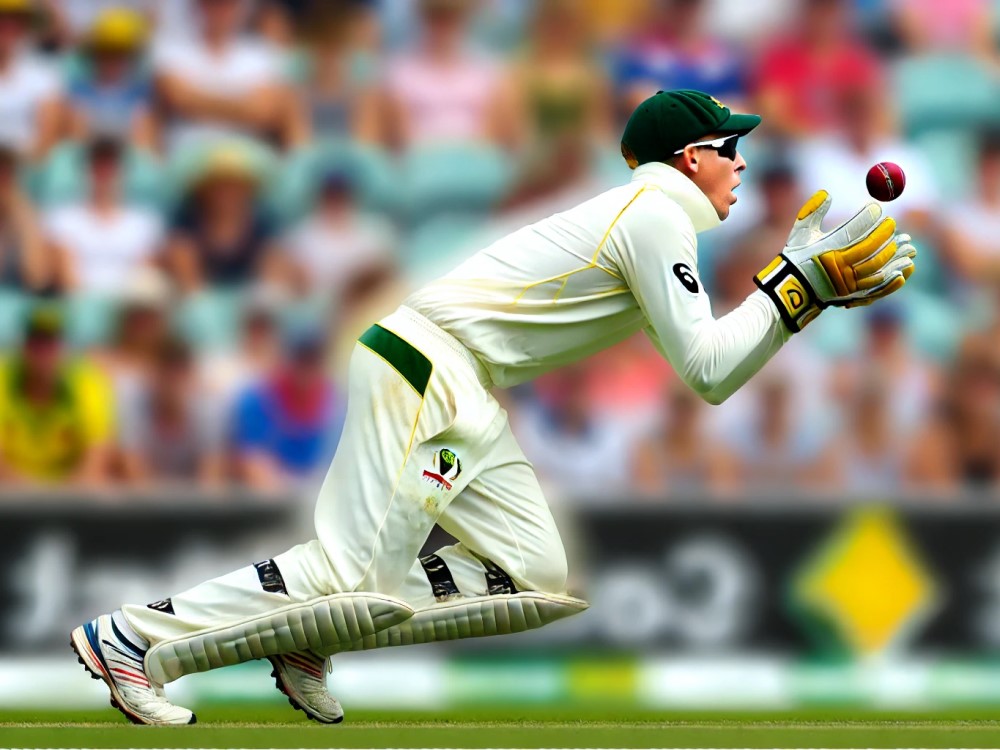
Hand-eye coordination is a crucial skill in cricket, essential for batting, bowling, and fielding. Developing this skill through dedicated practice and specific drills can significantly enhance a player’s performance on the field. Techniques such as reaction ball drills, drop and catch exercises, and target practice can improve reflexes, accuracy, and precision. Regular practice, consistency, and mental focus are key to developing hand-eye coordination.
Improving hand-eye coordination not only benefits cricket performance but also extends to other areas of life. Enhanced reflexes, accuracy, and precision can improve performance in other sports and everyday activities. The cognitive and physical benefits of this skill contribute to overall athleticism, brain function, and personal development. By incorporating hand-eye coordination training into cricket practice, players can enjoy a well-rounded and enriching experience that supports their growth as athletes and individuals.
Consistent and focused practice is essential for mastering hand-eye coordination. Players should engage in a variety of drills that challenge their reflexes and precision. Reaction ball drills, drop and catch exercises, and target practice are effective techniques for developing these skills. These exercises not only improve physical abilities but also enhance mental focus and concentration, which are crucial for success in cricket.
Mastering hand-eye coordination is a vital component of cricket training. It enhances batting, bowling, and fielding performance, leading to a more successful and enjoyable experience on the field. The benefits of improving hand-eye coordination extend beyond cricket, supporting overall athleticism, cognitive function, and personal development. By dedicating time to hand-eye coordination training, cricket players can achieve greater success and satisfaction in their sport.

